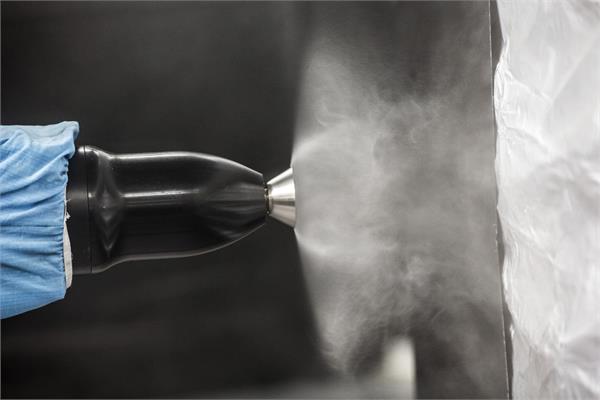
The new GLASS tool developed by BASF will allow paint shops in automotive manufacturing plants to optimise costs, performances and sustainability.
BASF has recently presented GLASS, an innovative tool that can provide a comprehensive life cycle analysis of the ecological footprint of the paint shops in automotive manufacturing plants by calculating CO2
emissions and cost simulations.
Reducing the ecological footprint towards CO2 neutrality is a significant goal
for many industries and value chains, including the coating and pre-treatment processes of the automotive industry – which accounts for more than 60% of all the energy employed in vehicle production at automotive factories. Through its new tool, the Coatings division of BASF will offer an analysis approach that enables transparency and support customers in making informed decisions for sustainable surface solutions.
The GLASS (Global Life-cycle Assessment of Automotive Surface Solutions) tool analysis follows the cradle-to-grave approach, covering the entire value chain from raw material extraction via pre-treatment to clearcoat as the final step of the coating process. From this transparency, the customers can then derive optimisations of costs, performances and ecological footprint.
“A coating with its various layers of paint contributes approximately 30 kilogrammes of CO2 per manufactured vehicle. However, the actual application process has a much larger impact, accounting for at least 150 kg of CO2 per vehicle, which makes approximately one third of the vehicle manufacturing process,” has explained Sabrina Platzek, the vice-president of Global Marketing Automotive OEM Coatings for BASF. “Therefore, in addition to the product carbon footprint of the coating, it is important to make the footprint of the coating process in the paint shop transparent – as well as the energy consumption and related cost. Only with comprehensive data and simulation, it is possible to derive impactful measures. That is precisely what we can achieve for our customers with GLASS – and this provides an exceptional insight for the industry.”
Transparency, CO2 reduction and costs simulations
The GLASS tool is based on an adapted lifecycle analysis model that it does not only considers individual aspects of the paint application process – such as specific ovens or coating systems – but also allows to analyse the environmental impacts of all essential components throughout the application process and across all layers in a modular approach. As a matter of fact, regional and site-specific factors such as local climate conditions, energy use and customer-specific application processes or production structures are also considered.
“Once transparency is established, we can provide targeted advice to our customers and develop solutions together. These can be CO2-reduced technologies at the beginning of the value chain or solutions that have a CO2-reducing effect when applied,” has added Tim Banik, a lifecycle assessment expert for BASF Coatings and developer of GLASS.
All information on products assessed with the footprint calculation method of BASF is available and usable in the GLASS tool. TÜV Rheinland has certified that the CO2
calculation method of the company and reporting of the cradle-to-gate Product Carbon Footprints fully comply with the requirements of the Greenhouse Gas Protocol, the DIN EN ISO 14040 and 14044 standards as well as Together for Sustainability (TfS).
“We aim to lead the way in sustainability in our industry. Therefore, it is at the centre of all our actions. The positive feedback from the market proves that this is the right way. That is why in the long term we are looking forward to offering GLASS not only to the automotive OEM coatings industry, but also to other application areas,” has concluded Markus Piepenbrink, the director of sustainability for BASF Coatings.